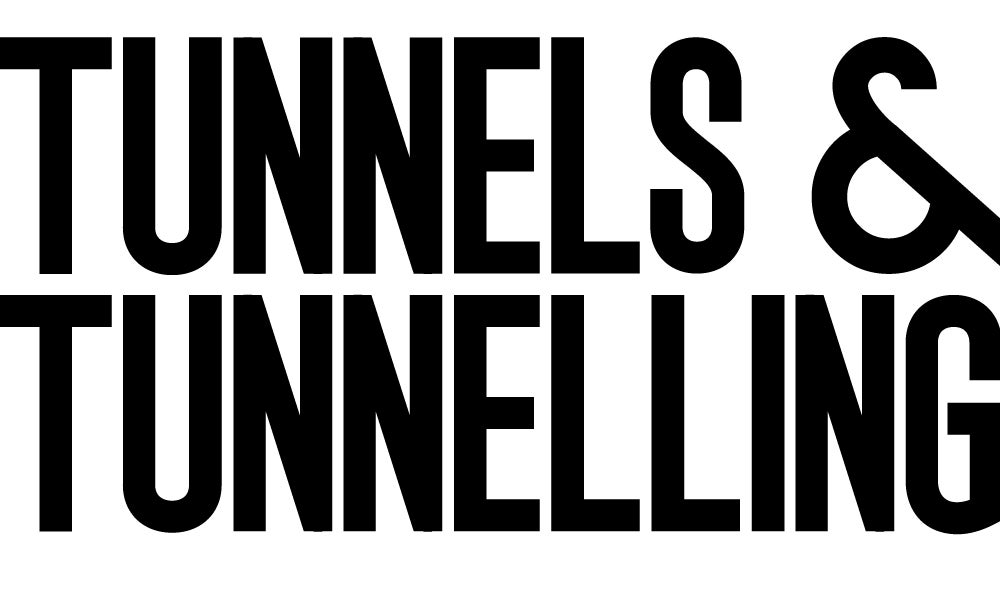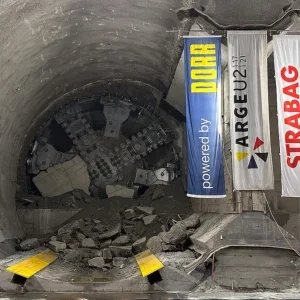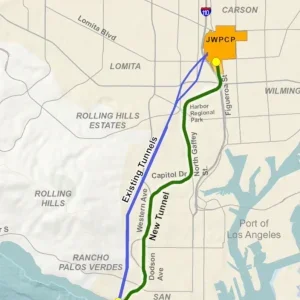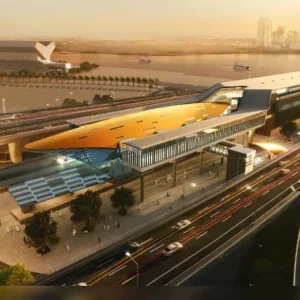Prequalification documents went out last month for the construction of the Bosphorus rail tunnel, in Turkey, following approval of the tender documents by the scheme’s financier, the Japan Bank for International Co-operation (JBIC).
The 13km long tunnel forms part of a wider scheme called the Marmaray Project – a 76km long upgrade to the rail link across Istanbul, connecting the European and Asian sides of the city.
The estimated US$2bn design and build contract involves the construction of a 1.8km long immersed tunnel across the Bosphorus Strait in the Marmaray sea, and about 11km of bored and cut and cover tunnels on both sides. The four prequalifying consortiums are: Hazama/Penta Ocean/Yuksel Construction/Guris Construction; Kajima/Nishimatsu/Mitsubishi Heavy Industries/Enka/Dogus; Kumagai Gumi/Taisei/Gama/Nurol Construction; and Obayashi/Construction Center/Kiska/Metis.
In 2001, the client, the General Directorate of Railways, Harbours and Airports Construction (DLH), awarded the contract for consultancy services to the Avrasya joint venture, lead by Pacific Consultancy of Japan, with Parsons Brinckerhoff and Yuksel Project.
It is believed that, at 55m below the surface of the Bosphorus Strait, the immersed tunnel will be one of the deepest ever constructed. The cross-section will be 115m2, and contain two tubes – one for each track. A wall will separate the tracks, connected by emergency doors.
The twin bore tunnels, each having an outside diameter of 7.8m, will be connected by cross-passages. The four deep underground sections will be constructed using the NATM method.
The geology of the alignment is quite mixed. Under Istanbul is mostly rock, with some soft soils. Under the Bosphorus, the rock’s surface dips some 115m below the water’s surface, which is overlain with layers of sand, silt and clay.
This part of Istanbul is also very close (20km) to a fault zone – the North Anatolian Fault in the Marmaray Sea. The risk of an earthquake, up to 7.5 on the Richter scale, striking this region is quite high. Therefore, earthquake-proof designs have been incorporated.
Engineers are also taking into account that sites of archeological interest maybe encountered during construction, which is expected to take approximately five years to complete.







